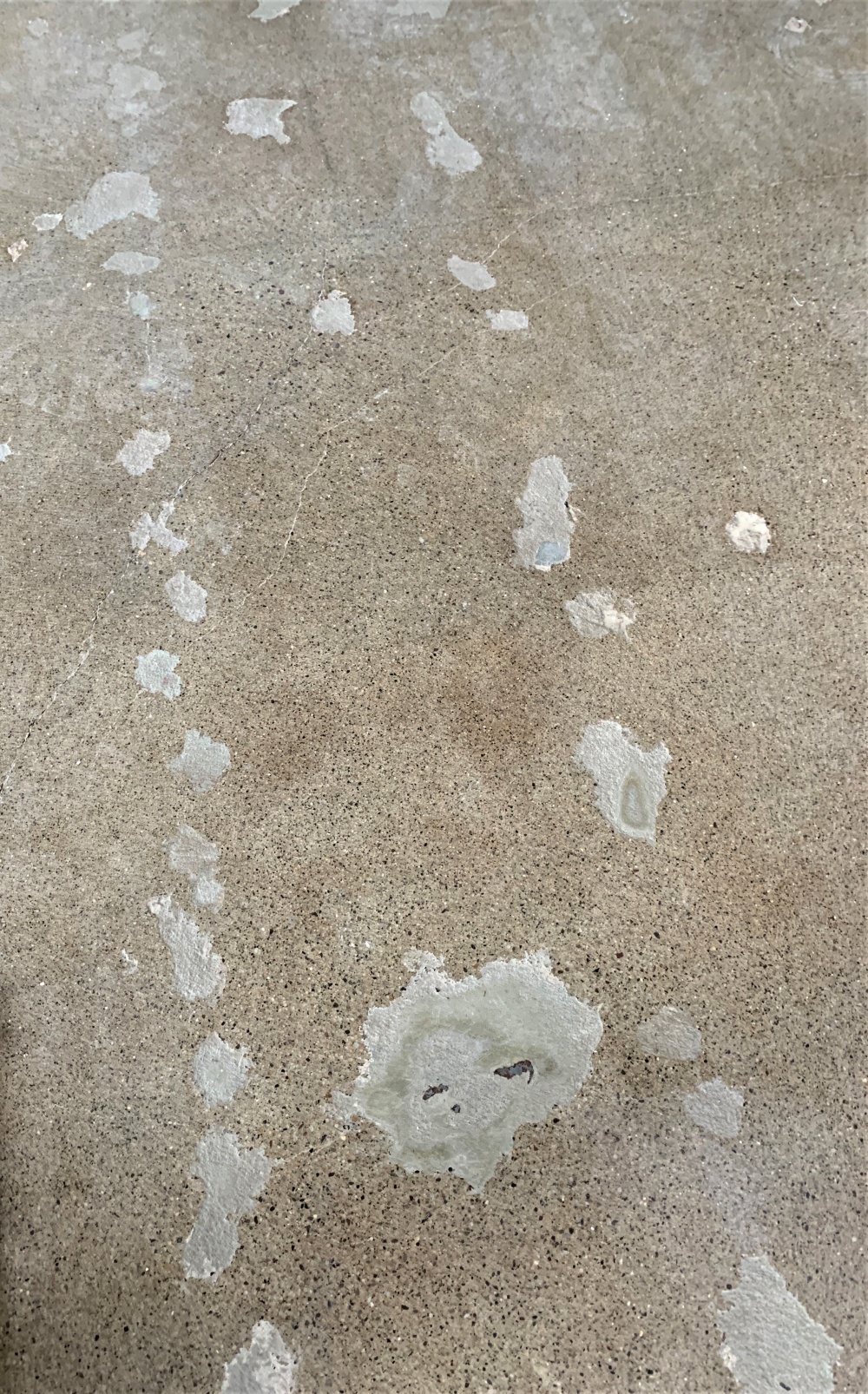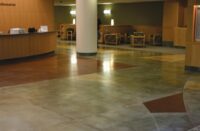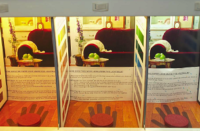
Polishing concrete on the surface (ha-ha again) seems reasonably straightforward. Buy the right equipment, attach diamond tooling, turn on the equipment and “mow” the concrete. Do this one row at a time and repeat with finer grits. However, there are almost always exceptions.
In this tip, we’ll discuss what to do when given a slab that needs repair due to human-made or inherent concrete mistakes/defects. Combining mechanical (saw, chipping hammer and grinder) and chemical processes fix almost anything, even if it also must look good.
You can use polished concrete repair products to fill in surface imperfections to make them harder to find. You can also use them to fill or rebuild joints to protect the joints from chipping. Finally, you can use repair products to fill spalls and cracks to improve durability. These products can be color-matched and used by artisans or installed according to instructions and be highly functional.
Having the training, product knowledge and experience to address repairs can make or break any job while increasing profitability.
Chemical repair options
An array of repair products on the market today can be used on polished concrete:
- Epoxy, urethane, polyurethane/polyurea products (most popular) are mostly 95% to 100% solids and two components. Sometimes, they include a third part of fine/medium aggregate or grinding dust. You can color these repairs and they provide durable, polishable, artistic results depending upon the technology type.
- Without the third component, this repair product is self-priming, thin, flows easily and is fast-setting.
Uses: Filling cracks, grouting floors, and filling in pinholes, pop-outs, surface pitting, air voids, and craze or plastic-shrinkage cracks.
- With the additional third part, it can be formed and fill larger voids.
Uses: Rebuilding joints, filling larger spalls and releveling transitions.
- Acrylic /latex products. These used to be the most popular type of grouting systems when polishing. Primarily due to ease of use, minimal cost and no real better alternatives.
Uses: Grouting floors and filling in pinholes, air voids, and craze or plastic-shrinkage cracks.
- Lastly, catalyzed silicate technology These modified densifier products mix with the grinding dust to grout the floor. Hard to use and few producers.
Uses: Grouting floors and filling in pinholes, air voids, and craze or plastic-shrinkage cracks.
Here’s the tip:
All repairs are only as good as their surface preparation.
Ensure you have sharp saw blades, correct shrouds, vacuum-hose connections, tooling that leaves a uniform profile and enough PPE to prevent injuries. Bid accordingly and plan for success.
Train on both the mechanical equipment and repair products. Then practice and listen when given feedback. Going back because a repair failed or was inadequate can ruin an otherwise stellar polished concrete floor.














